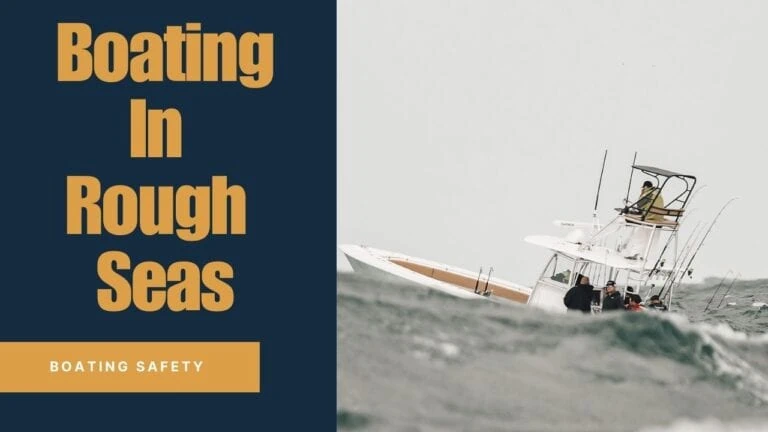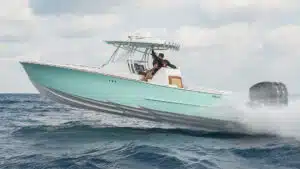Driving a boat in rough seas can be an intimidating challenge for boating enthusiasts, especially those with small to mid-size vessels. Understanding how to safely and efficiently handle your boat in these conditions is crucial for both your safety and the enjoyment of your time on the water.
In this article, we will explore expert tips and techniques for mastering the art of boating in rough seas while emphasizing the importance of safety and preparedness.
Boating In Rough Seas (Video)
- Boating In Rough Seas (Video)
- Preparing for Rough Water Conditions
- Expert Techniques for Navigating in Rough Water
- Most Helpful Tips for Boating in Rough Seas
- How to Drive a Boat in Rough Seas: Essential Tips for Safe Navigation
- Maintaining Communication and Support
- Safety First: Essential Guidelines for Boating in Rough Seas
- Choosing the Right Boat For Rough Seas
- Key Takeaways
- Conclusion
Preparing for Rough Water Conditions
Before heading out on the water, it’s essential to be well-prepared for any rough sea conditions you may encounter:
- Check weather forecasts: Always review weather forecasts and marine reports for your boating area to anticipate potential rough sea conditions.
- Know your boat: Understand the capabilities and limitations of your boat, as well as its performance characteristics in various sea conditions.
- Pack essential safety equipment: Ensure you have life jackets, an emergency ditch bag, a Winslow life raft, and other necessary safety gear on board.
Expert Techniques for Navigating in Rough Water
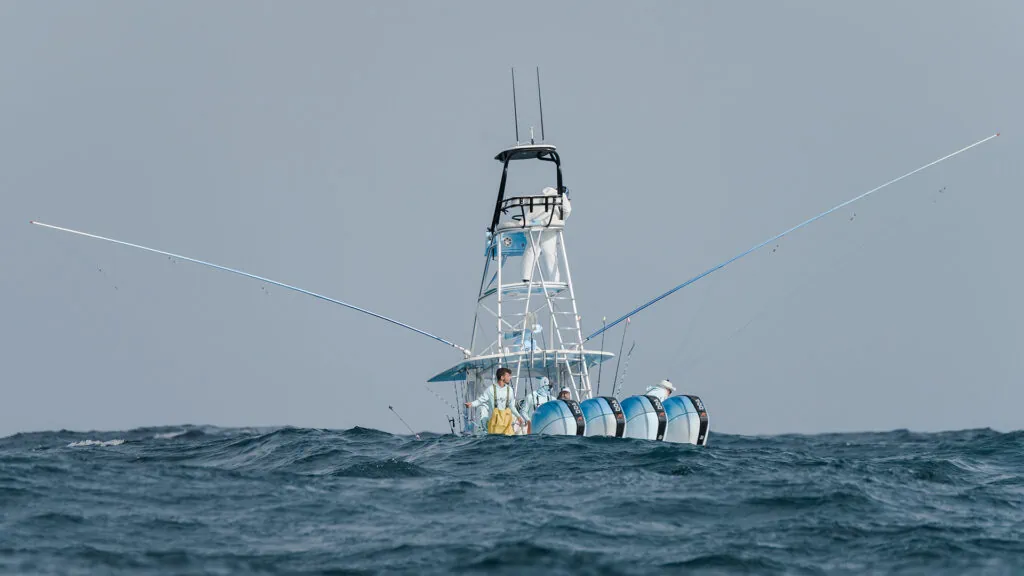
When faced with rough seas, employing expert techniques can help you maintain control of your boat and ensure a safer journey:
Route Planning Strategies
- Avoid dead-head or beam seas: These conditions make it difficult to make headway and can cause your boat to roll excessively.
- Tack into waves: Tacking, or angling your boat into the waves, can provide a smoother ride and allow you to make better progress.
- Adapt your course based on changing conditions: Be prepared to alter your route to take advantage of more favorable sea conditions or avoid hazardous situations.
Boat Handling Tips
- Adjust throttle to manage waves: Control your boat’s speed to safely ascend and descend waves without taking on water.
- Proper use of trim tabs: Trim tabs help stabilize your boat in rough seas, but using them incorrectly can lead to dangerous situations. Learn how your boat responds to different trim tab settings.
- Monitor and utilize radar effectively: Radar can help you identify approaching storms and avoid them when possible.
Most Helpful Tips for Boating in Rough Seas
| Category | Tip |
|---|---|
| Preparation | Check weather forecasts, pack safety equipment, and know your boat’s capabilities. |
| Techniques | Adjust throttle, use trim tabs wisely, and angle your boat into waves. |
| Communication | Stay in contact with other boats, file a float plan, and use satellite communication devices. |
| Safety | Stay calm, know when to slow down, and be prepared to deviate from your course. |
| Practice | Gain experience driving in rough seas to develop confidence and skill. |
How to Drive a Boat in Rough Seas: Essential Tips for Safe Navigation
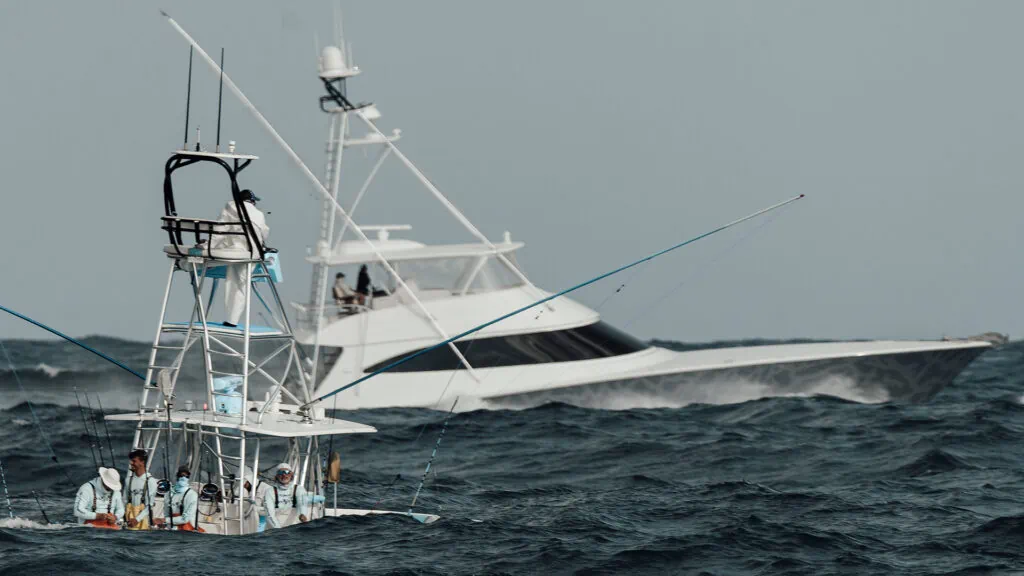
Driving a boat in rough seas requires a combination of skill, experience, and adaptability. The following tips will help you navigate your boat safely and efficiently in challenging conditions:
Maintain a Safe Speed
Adjust your speed according to the sea conditions, taking into consideration the size and type of waves. Slower speeds allow better reaction time and reduce the risk of taking on water or damaging your boat. However, don’t slow down too much, as maintaining some forward momentum can help stabilize your boat.
Use Trim Tabs and Throttle Wisely
Trim tabs are essential for adjusting your boat’s attitude in rough seas. Experiment with different trim tab settings to find the optimal configuration for your vessel in various conditions. Trimming too much in the wrong type of hull could be extremely detrimental in rough seas, so use extreme caution while trimming in bad weather.
Angle Your Boat Into Waves
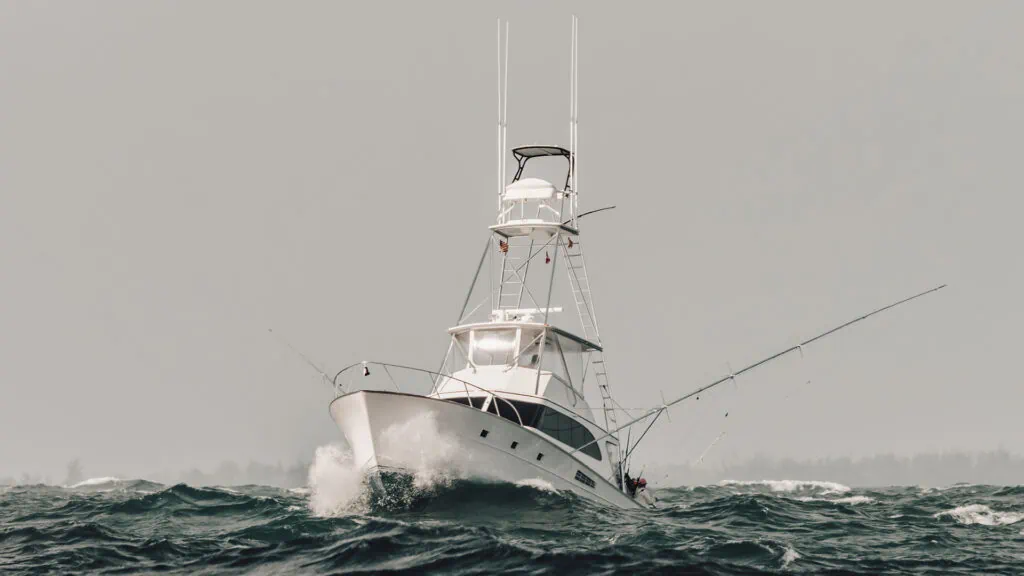
When possible, angle your boat into the waves instead of taking them head-on. This technique, known as tacking, can provide a smoother ride and reduce the impact of waves on your boat. Be aware of the wave patterns and adjust your course accordingly.
Keep a Firm Grip on the Steering Wheel
In rough seas, your boat may be subject to sudden and unexpected movements. Maintain a firm grip on the steering wheel to ensure you have control over your boat at all times.
Be Prepared to Make Course Corrections
Monitor the sea conditions and be ready to make course corrections as needed. This may involve changing your route, adjusting your speed, or altering your approach to handling waves.
Communicate with Your Crew
Keep your crew informed about the sea conditions and your intended actions. Make sure everyone on board is aware of their responsibilities and knows what to do in case of an emergency.
Maintaining Communication and Support
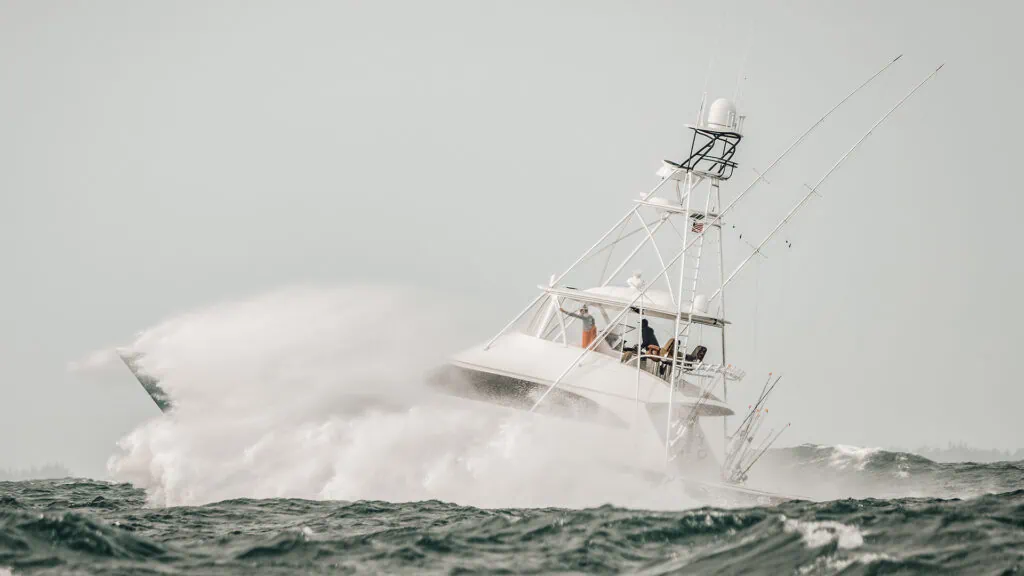
In rough sea conditions, staying connected to others is vital for safety:
- Stay in contact with other boats: Communicate with other vessels in the area to share information about sea conditions and potential hazards.
- File a float plan: Inform relevant authorities or someone onshore of your intended route and expected return time.
- Use satellite communication devices: Satellite phones and other communication tools can provide an additional layer of safety in case of emergencies.
Safety First: Essential Guidelines for Boating in Rough Seas
Prioritizing safety is key when navigating rough waters:
- Stay calm and avoid panic: Panicking can lead to poor decision-making. Stay focused and make well-informed decisions based on the conditions and your boat’s capabilities.
- Know when to slow down or ride out a storm: Sometimes, waiting for a storm to pass is better than trying to outrun it.
- Be prepared to deviate from your course: When faced with deteriorating conditions, be willing to change your route or return to a different port for a safer, smoother ride.
Choosing the Right Boat For Rough Seas
Types of Boats Suitable for Rough Seas
When it comes to boating in rough seas, selecting the right boat is crucial. Some popular options for handling rough water include:
- Center console boats
- Cabin cruisers/Express Boats
- Offshore fishing boats
These boats typically have deep-V hulls and higher freeboard, which provide stability and a smoother ride in rough water.
Key Features of a Seaworthy Vessel
A boat capable of handling rough seas should have the following features:
- Adequate size and weight to handle waves and maintain stability
- A deep-V hull for smooth maneuvering in choppy water
- High freeboard to prevent water from entering the boat
- Sealed compartments for buoyancy in case of water ingress
Key Takeaways
- Preparation, expert techniques, and a focus on safety are crucial for navigating rough seas.
- Check weather forecasts, understand your boat’s capabilities, and pack essential safety equipment.
- Adapt your course based on changing conditions and use expert boat handling techniques.
- Prioritize communication and support with other vessels and onshore contacts.
- Practice your skills in rough seas to gain confidence and expertise.
Conclusion
Mastering the art of boating in rough seas requires a combination of preparation, expert techniques, and a strong focus on safety. By following the tips and strategies outlined in this guide, you can ensure a safer and more enjoyable experience on the water, even when faced with challenging conditions. Remember, education and practice are vital to becoming a skilled and confident boater in rough seas.

